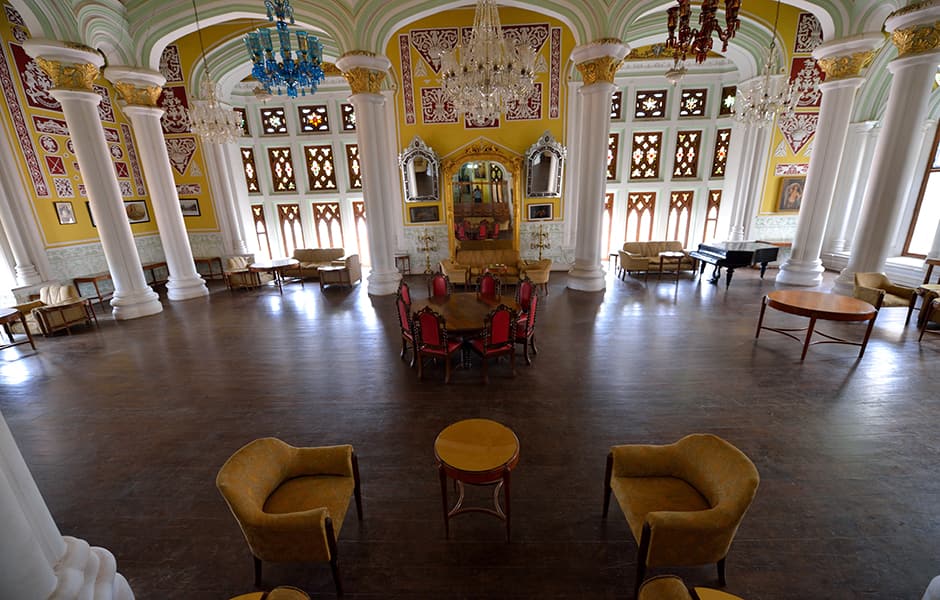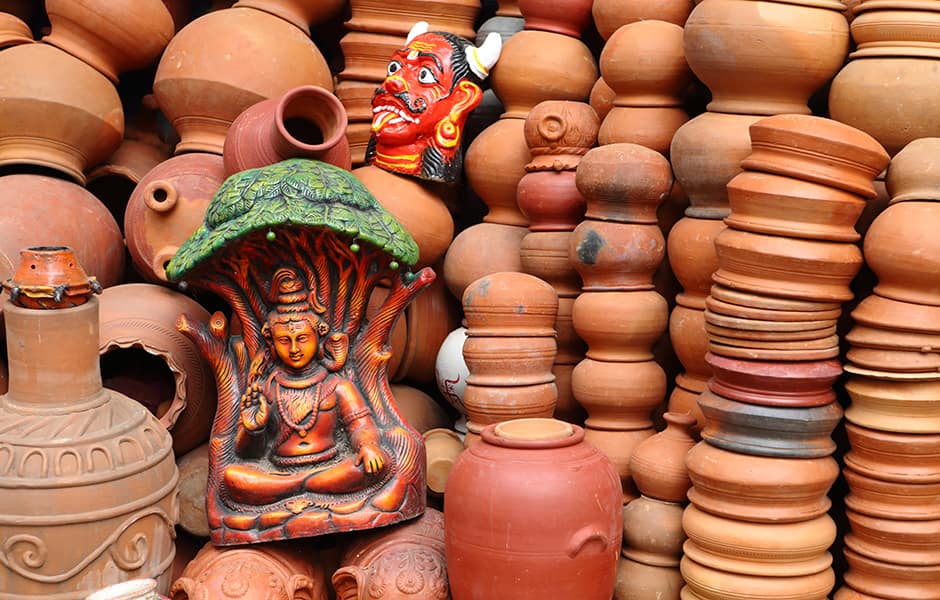
Flights from Kuwait City to Bangalore from KWD94
expand_more
1 Passenger, Economy
expand_morePromo Code
expand_moretoday
today
Book Your Kuwait City to Bangalore Flight Within the Next 90 Days
location_on
location_on

Best Deals for Kuwait City to Bangalore Flights on Etihad
flight_takeoff
flight_land
From | To | Fare Type | Dates | Price |
|---|---|---|---|---|
| Kuwait City (KWI) | Bangalore (BLR) | Round-trip / Economy | 22 Apr 2025 - 24 Apr 2025 | From KWD94 Last Seen 1 day ago |
*Fares displayed have been collected within the last 48hrs and may no longer be available at time of booking. Additional fees and charges for optional products and services may apply.
Fly from Kuwait City to Bengaluru with Etihad Airways
Book flights from Kuwait to Bengaluru and leave behind the towers of Kuwait City’s skyline to experience the tantalising tastes of atmospheric Bengaluru (formerly known as Bangalore). Land refreshed and ready to explore the capital of India’s southern Karnataka state after a smooth trip.
Break up your journey in Abu Dhabi and take the chance to find out more about the exciting capital of the United Arab Emirates.
KWI to BLR: flight facts
Flying from Kuwait City to Bengaluru: FAQs
What food is Bengaluru known for?
Street food is king in Bengaluru. Start with dosa or idli and vada for breakfast – dip into coconut or red tomato and chilli chutney for flavour.
Mangalore buns are a sweet option, made from fluffy wheat flour with bananas and fried to a golden brown colour. Kebabs, bhajis and all sorts of flavoured rice dishes are on most menus in Bengaluru too.
How do I get from Kempegowda Airport to the centre of Bengaluru?
An airport shuttle bus runs every half an hour from Kempegowda Airport to Bengaluru city centre, which is about 25 miles away.
You can also take a taxi or rent a car from the terminal building. Alternatively, book a transfer with Etihad and your driver will be waiting for you at arrivals.
Top tips for Kuwait City to Bengaluru

Breathtaking Bangalore Palace
Swap the futuristic design of the Kuwait Towers for the Tudor-influenced style of Bangalore Palace in Bengaluru.
This grand 19th century landmark features battlements and turrets that wouldn’t look out of place on a British country estate. The building is home to a superb collection of photographs and paintings, while its grounds have played host to concerts from major music stars.

The sky’s the limit
Make a beeline for the vintage aircraft housed in Bengaluru’s HAL Heritage Centre & Aerospace Museum. Inspect cross-sections of plane engines, see photographs from the bygone days of the Indian aerospace industry and relax in the museum’s gardens.
Head back down to earth at Tipu Sultan’s Summer Palace – this 18th century building was once the summer home of the Mysorean ruler. It later became a centre for colonial power, while today it tells a complicated but fascinating story of India’s past.
